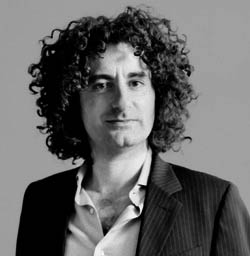Working with Sound: Transcendental and Psychedelic States Through Sound
Dates: March 18-19th, 2016
Times: 9am to 5pm (break from 12:30 to 1:30 pm on Day 1)
Location: TBA in Tepoztlan
Meals: Lunch provided
Languages: English only
Registration: $250
Description:
My research involves an investigation of the therapeutic and esoteric properties of sound from three different perspectives – Western scientific, Eastern philosophical, and shamanic societal beliefs – to gain a deeper understanding of how, and to what extent, sound has been used to affect human consciousness. This search has led me to the intersection where art, science and spirituality meet.
As an ethnomusicologist my approach entails a social scientific study of sound use in several traditional contexts—religious, spiritual, holistic, and cultural—for various purposes and occasions in entertainment, worship, meditation, and rituals of healing and trance. Consequently, my approach in researching, understanding, experiencing, transmitting, and working with sound has always been based on interdisciplinarity.
The material I will be teaching in this course is based on thorough research over many years: four degrees in music, observations I have made during my fieldwork in over 40 countries, scientific studies, doing sound therapy with over 9000 people, and data collected from hundreds of people I’ve worked with. This has led me to a deeper understanding of how sound reveals and unlocks hidden powers we have within us to promote profound inner changes and healing.
I have employed a phenomenological approach to study the effects of sound, using a method that empowers the participants to engage actively with tools that enhance their experience, using the consciousness-altering properties of sound to heighten self-awareness, to connect to the higher self, and to fine-tune self-observation.
This workshop will cover the following:
Basic Sound Theory
Sound theory, the importance of the harmonic overtone series, microtonality, the concept of ethos, the principles and philosophy of working with sound, the theory of playing and its technique, and basic physics of sound in a comprehensible way. You will also learn about the importance of using the voice of both the practitioner and the receiver through toning and vocalization.
How to Develop an Active Participation
Learn how to engage the participant in the experience and to listen judiciously, attentively, and equanimously to sound, to exercise psychonautic skills to navigate in sound, and to pay attention on a deeper level. This is the most important part of receiving the sound work.
How to Facilitate with Sound: A Sound Meditation
The sound meditation is an integrated practice that I have created which combines a shamanic ceremonial setting with an Eastern emphasis on breathing exercises and visualization. Specific musical instruments played during the meditation allow participants to use sound as a therapeutic tool to disconnect from discursive thinking and delve into a transcendental state. The goal is to enable participants to disengage their undesirable habitual patterns and to empower positive cognitive change. The sound meditation is a setting that allows a participant to experience through sound an inner stillness and peace beyond the interference of the mind.
The elements of the Sound Meditation are: intentions, will, attention, setting, meditation, breathing exercises, judicious listening, visualization and guided visualization, verbal guidance to bring awareness, overtone-emitting instruments, and toning and vocalization.
Practicum on Instruments
Learn basic techniques on the following instruments to use during facilitating a sound therapy session: Himalayan singing bowls, the voice, frame drums, chimes, gongs (large and handheld), shakers, rattles, discs, and tuning forks.

